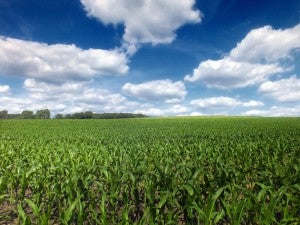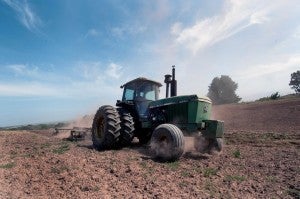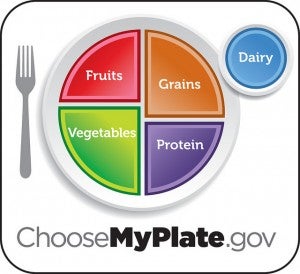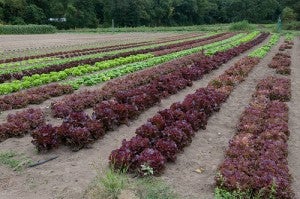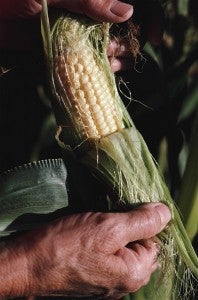The easiest way to tackle fertilizer pollution is to lower the amount of nitrogen applied to crops, thereby reducing nutrient losses into the air and water. The problem is, reducing fertilizer rates can also shrink crop yields, which means less income for farmers and less food on our plates.
So here’s the question: how can we slash nitrous oxide emissions from agriculture without sacrificing productivity?
To meet this challenge, scientists need to understand the relationship between “nitrogen surplus” (the amount of applied nitrogen fertilizer not taken up by the plant), “nutrient use efficiency” (the ratio of how much yield you get from each pound of fertilizer applied) and nitrous oxide emissions that contribute to climate change. The more nitrogen a plant absorbs, the less it releases into the air in the form of nitrous oxide and into the water where it can contribute to harmful algal blooms. Read More




